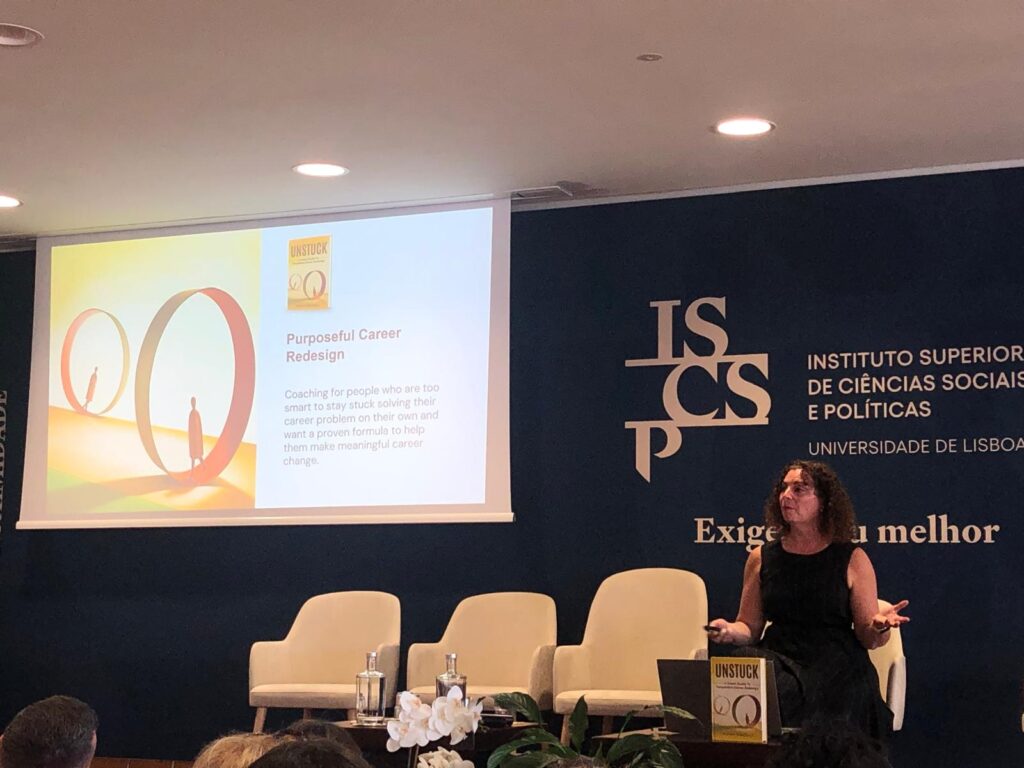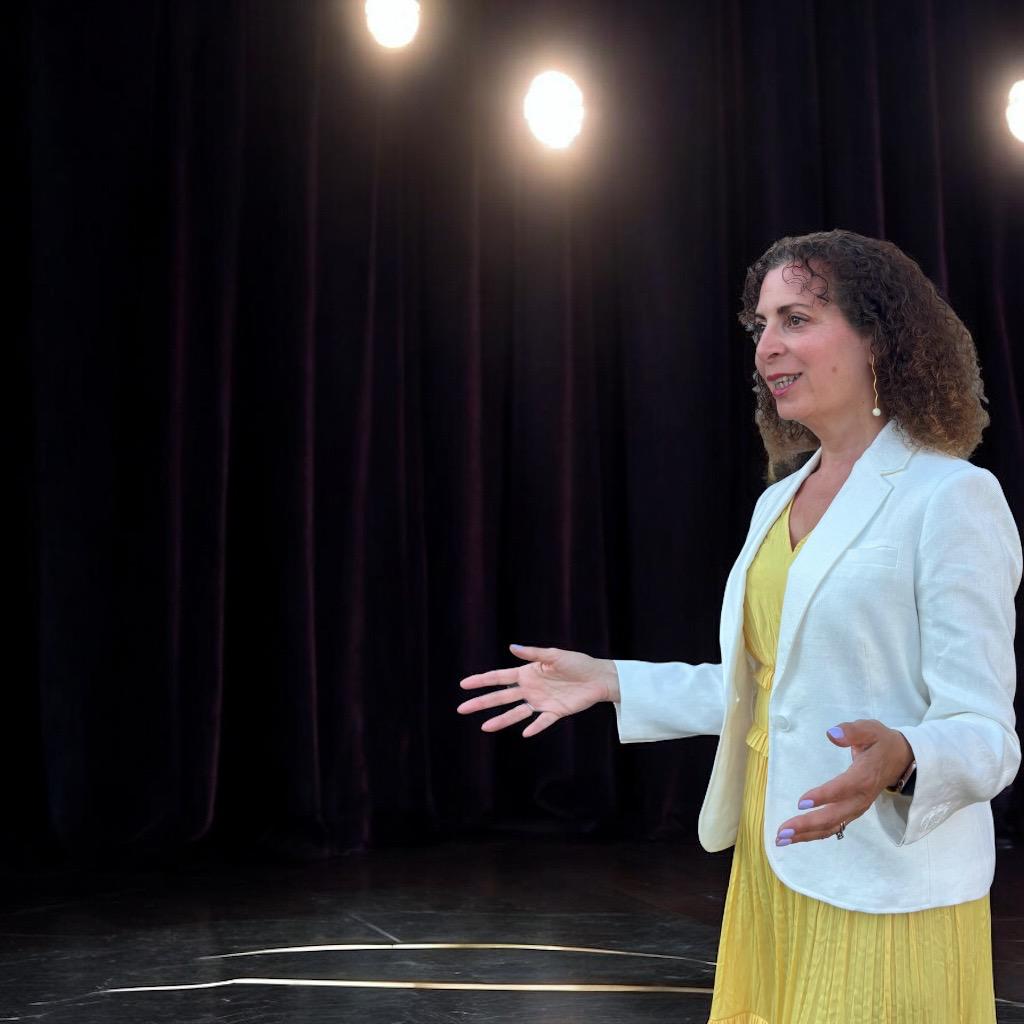Not thoughtful silence. Not a reflective pause.
But the kind that says: “I’m not in this.”
That’s how the session began last week. And the irony? The theme was one they’d chosen: Redesign Through Career Fear.
It had felt relevant at the time. Real. Worth wrestling with.
But in the moment, a week on – the room fell flat.
No challenge. No redirection. No signal they were in it … with me, with each other, or even for themselves.
Feedback came later:
- “This didn’t quite land.”
- “I’ve already done this kind of work.”
- “I thought we’d take it somewhere else.”
It was honest. But too late to be called collaboration.
The irony: this was a session about redesigning through fear…where no one was willing to name the fear in the room.
That stayed with me.
The next day, I made a different choice with my next cohort. I brought that experience in – not as a disclaimer, but as an invitation. To show up. To co-create. To be in it, for real.
Because here’s the truth:
Silence isn’t neutral. Disengagement isn’t passive. And leadership means naming what’s happening – without blame.
None of which is easy. Especially for leaders-in-waiting who’ve been taught to avoid awkwardness, smooth things over, keep the energy “up.”
But real leadership begins in those 90 seconds of discomfort we’re wired to avoid.
That’s how long it takes for an emotional surge to move through the body. A mere 90 seconds. The challenge for leaders is not keeping calm and carrying on. It’s letting yourself feel awkward.
It’s resisting the impulse to fix it, fill it, or flee from it. So this time, I said:
“Let’s not be too professional about this. It won’t work unless we co-create it together.”
I acknowledged we’d elected to do something ambitious, together. And invited them to speak up as soon as thoughts and feelings sparked for them. To shape, together, what the session became. And I stayed present – in case pauses felt too long.
And it flew.
Not because I had the “right” slides.
But because people chose to be in it. With each other. With themselves.
Leadership, in that moment, looked vulnerable. And felt rich.
It looked like sitting in the silence long enough to hear what wasn’t being said – and then naming it with integrity.
Here’s what I think matters most:
You don’t have to fill the silences. But you do have to firmly invite others to step into it when it shows up. And that’s something more than facilitation. That’s inner leadership.
So next time the room goes quiet?
- Pause.
- Take a deep breath.
- And ask: “What’s missing here that would make this work better for us?”
Then really listen.
Not to fix. Not to move on.
But to begin again. Together. And demonstrate the leadership you bring.






